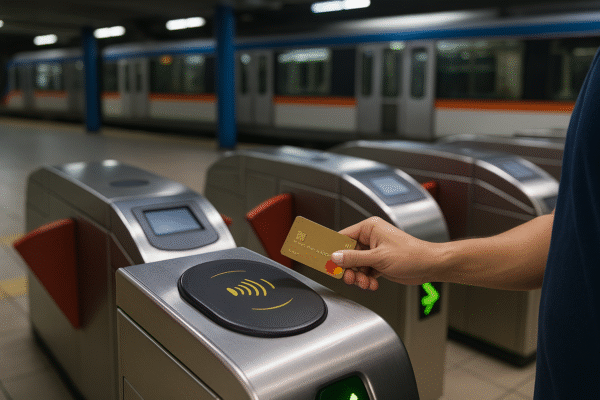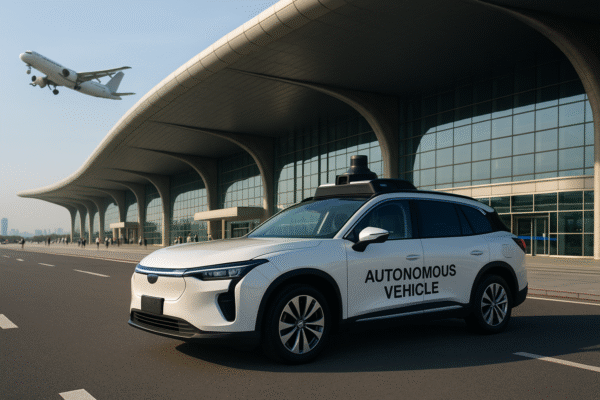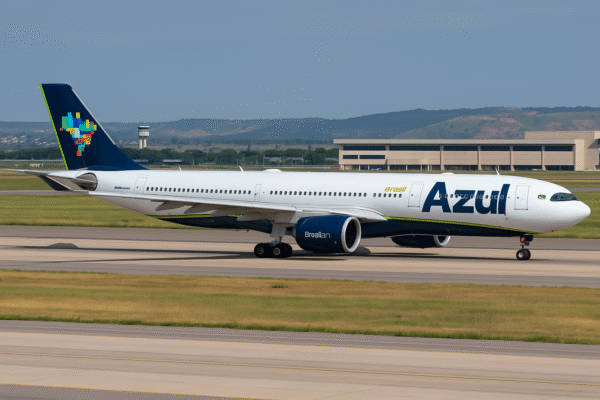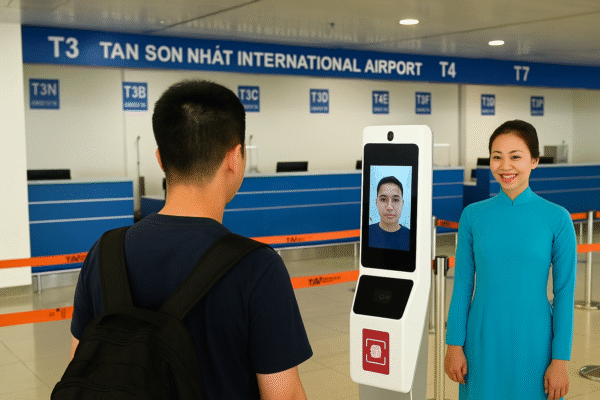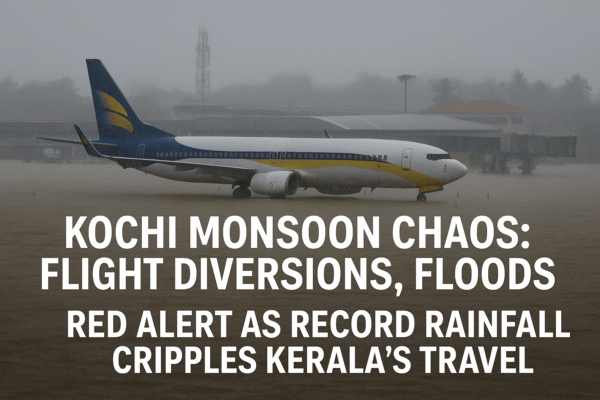Ho Chi Minh City, Vietnam — In a landmark move to modernize air travel and accelerate tourism development, Tan Son Nhat International Airport (SGN), Vietnam’s busiest gateway, has launched a facial recognition-based check-in system at its new Terminal T3. This cutting-edge feature is poised to significantly improve the passenger journey, particularly for domestic travelers, by cutting waiting times and reducing congestion during peak travel hours.
This digital transformation comes as Vietnam positions itself as a leading destination for global travelers in Southeast Asia, with the government targeting over 18 million international arrivals in 2025 following a strong rebound in 2024.
Facial Recognition: A Game-Changer for Airport Efficiency
Integrated with the government-backed VNeID app, the facial recognition system allows passengers to check in seamlessly without physical tickets or identity documents. Travelers simply activate their online check-in on the app, proceed to biometric scanners, and are instantly authenticated by airport personnel.
For many travelers like Nguyen Vu Khuong Duy, a local resident, the difference is striking. “The whole process now takes just 10 to 15 minutes compared to the 30 to 45 minutes it used to take,” he said. “It feels like stepping into an airport in a developed country.”
This initiative is in line with global travel trends, where leading airports such as Changi in Singapore, Heathrow in London, and LAX in Los Angeles are increasingly adopting biometric systems to boost operational capacity and passenger satisfaction.
Aligning with Vietnam’s Smart Tourism Vision
As Vietnam’s tourism sector continues to rebound, efficient infrastructure plays a critical role. According to the Vietnam National Administration of Tourism (VNAT), the country welcomed over 15 million international visitors in 2024, signaling robust demand for travel experiences that are both modern and hassle-free.
Ho Chi Minh City, a major business and leisure hub, is central to this growth. By implementing smart technologies at Tan Son Nhat Airport, city officials aim to reduce bottlenecks and improve the perception of Vietnam as a forward-thinking travel destination.
The rollout of biometric technology also supports the Ministry of Public Security’s digital identity roadmap and the government’s broader strategy for digital transformation in public services.
Impact on Domestic and International Travel
The facial recognition system is currently focused on domestic routes but is expected to expand to international passengers in future phases. Already, travelers heading to popular domestic destinations like Da Nang, Hanoi, and Phu Quoc have reported smoother airport processes.
Tourist Nguyen Duy Khang, flying to Phu Quoc, described the experience as “fast and time-saving.” He added, “This makes Vietnam’s airports feel on par with the best in Asia.”
The convenience offered by the system is expected to increase passenger satisfaction, boost tourism spending, and enhance Vietnam’s global travel appeal. As international carriers add more direct routes to Ho Chi Minh City, the demand for efficient ground services will grow.
Tourist Confidence and Longer Stays
Beyond infrastructure, facial recognition creates psychological comfort for tourists. For visitors from countries where such systems are already standard, like South Korea, Japan, or Germany, the presence of advanced tech reassures them of safety, efficiency, and modernity.
Improved first impressions at the airport could lead to longer stays, greater spending, and increased word-of-mouth recommendations—important metrics in tourism recovery and sustainability.
According to the Asian Development Bank, smoother travel processes can contribute up to a 10% increase in a visitor’s average length of stay, which in turn directly benefits the local economy.
Security and Privacy in the Digital Age
Despite the convenience, concerns around privacy and data protection remain. Vietnamese officials emphasize that the facial recognition system complies with the national data privacy regulations and is tightly integrated with VNeID—a digital identity platform designed and governed by the Ministry of Public Security.
All data collected is encrypted and processed in compliance with Vietnam’s Cybersecurity Law, with restricted access to ensure confidentiality. Tan Son Nhat Airport’s IT division has confirmed that no biometric data is stored long-term on local devices, and all processing happens within secure government servers.
This balanced approach ensures that security remains a priority, even as the country moves toward a more connected and digitized tourism experience.
Future of Travel: Expansion Across Vietnam
The implementation of facial recognition at Tan Son Nhat is only the beginning. The Civil Aviation Authority of Vietnam (CAAV) has announced plans to expand biometric boarding and check-in technology to other major airports, including Noi Bai (Hanoi), Da Nang, and Cam Ranh.
Further integrations are being explored for immigration clearance and baggage claim processes, potentially creating a fully contactless journey for international passengers. If realized, Vietnam would be among the first ASEAN countries to offer a biometric corridor across multiple airports.
This initiative is in line with Vietnam’s “Smart City” strategy and its ambition to become a leading digital economy in the region by 2030.
Conclusion: Vietnam’s Leap into Modern Travel
The facial recognition rollout at Tan Son Nhat Airport marks a bold step in Vietnam’s evolution as a technologically progressive and tourist-friendly nation. By leveraging biometrics and digital identity platforms, the country is sending a clear message: Vietnam is ready for the future of tourism.
From seamless check-ins to elevated travel confidence and stronger digital infrastructure, this move reinforces Vietnam’s standing as a sustainable, modern destination for global travelers. As the world’s tourism industry undergoes rapid transformation, Vietnam’s investment in technology ensures it won’t just keep up—but lead.
For more travel news like this, keep reading Global Travel Wire


